Time Period: Early Twentieth Century (1901 - 1940)
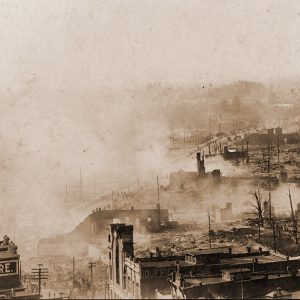 Hot Springs Fire of 1905
Hot Springs Fire of 1905
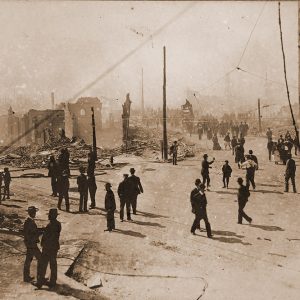 Hot Springs Fire of 1905
Hot Springs Fire of 1905
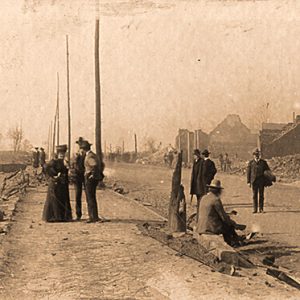 Hot Springs Fire of 1905
Hot Springs Fire of 1905
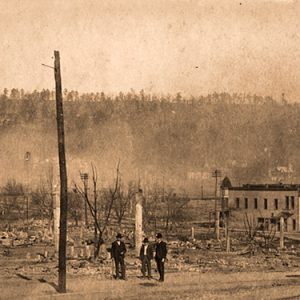 Hot Springs Fire of 1905
Hot Springs Fire of 1905
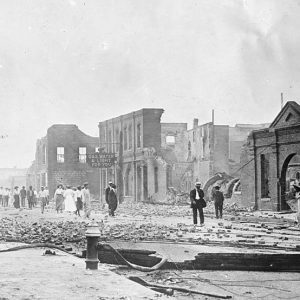 Hot Springs Fire of 1913
Hot Springs Fire of 1913
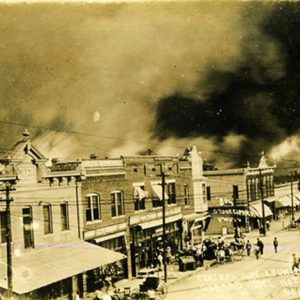 Hot Springs Fire of 1913, Central Ave.
Hot Springs Fire of 1913, Central Ave.
 Hot Springs Fire of 1913
Hot Springs Fire of 1913
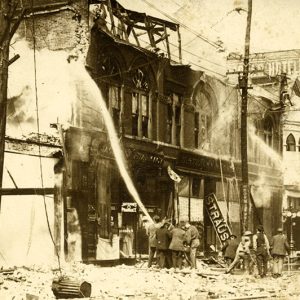 Hot Springs Fire of 1913, Central Ave.
Hot Springs Fire of 1913, Central Ave.
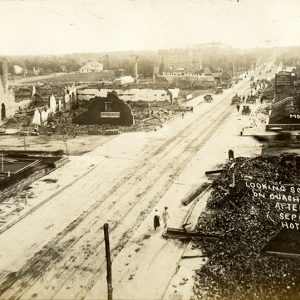 Hot Springs Fire of 1913, Ouachita Ave.
Hot Springs Fire of 1913, Ouachita Ave.
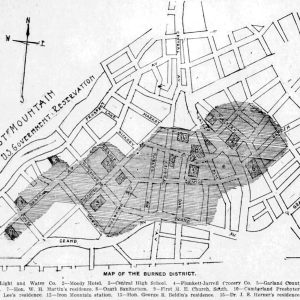 Hot Springs Fire of 1913, Map
Hot Springs Fire of 1913, Map
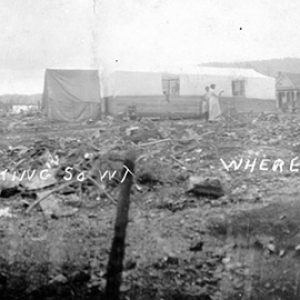 Hot Springs Fire of 1913, Where It Started
Hot Springs Fire of 1913, Where It Started
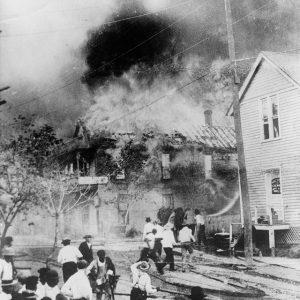 Hot Springs Fire of 1913
Hot Springs Fire of 1913
Hot Springs Fire of 1913
 Hot Springs Fire of 1913, Malvern Ave.
Hot Springs Fire of 1913, Malvern Ave.
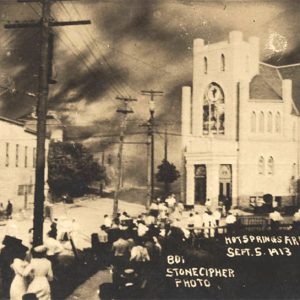 Hot Springs Fire of 1913
Hot Springs Fire of 1913
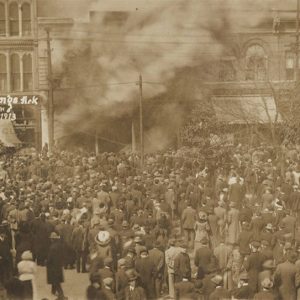 Hot Springs Fire of 1913
Hot Springs Fire of 1913
 Hot Springs Fire of 1913, Central Ave.
Hot Springs Fire of 1913, Central Ave.
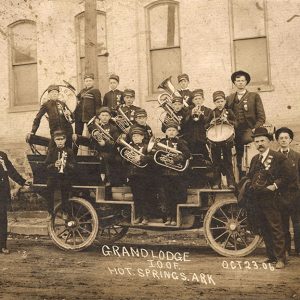 Hot Springs IOOF Lodge
Hot Springs IOOF Lodge
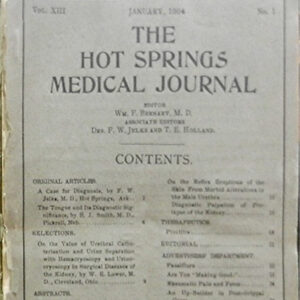 Hot Springs Medical Journal
Hot Springs Medical Journal
Hot Springs National Guard Armory
Hot Springs Normal and Industrial Institute
aka: Mebane Academy
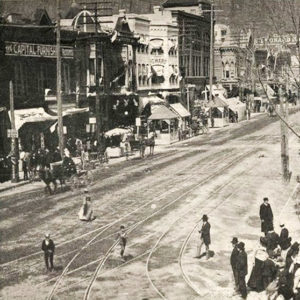 Hot Springs Street Scene
Hot Springs Street Scene
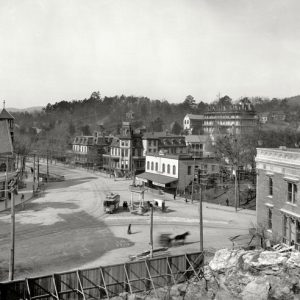 Hot Springs Trolley
Hot Springs Trolley
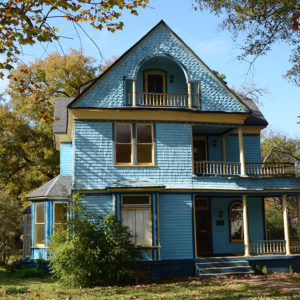 Hotchkiss House
Hotchkiss House
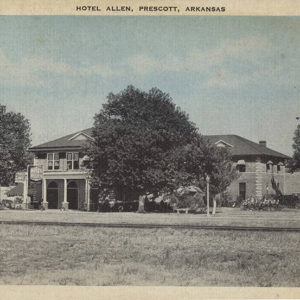 Hotel Allen
Hotel Allen
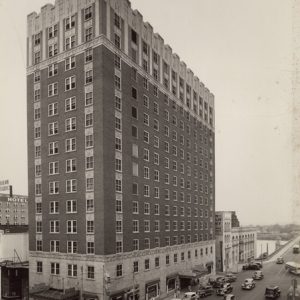 Hotel Ben McGehee
Hotel Ben McGehee
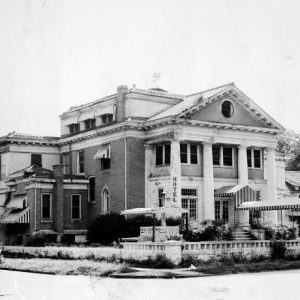 Hotel Charmaine
Hotel Charmaine
Hotel Frederica
aka: Hotel Freiderica
aka: Hotel Sam Peck
aka: Legacy Hotel
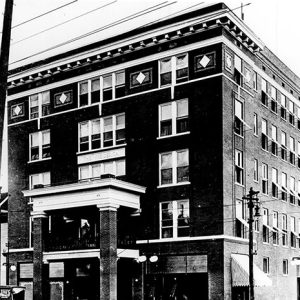 Hotel Frederica
Hotel Frederica
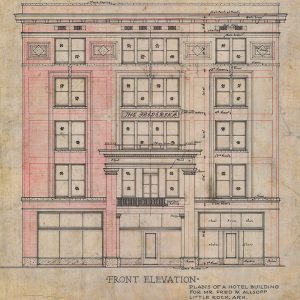 Hotel Freiderica
Hotel Freiderica
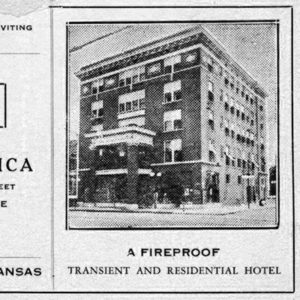 Hotel Freiderica
Hotel Freiderica
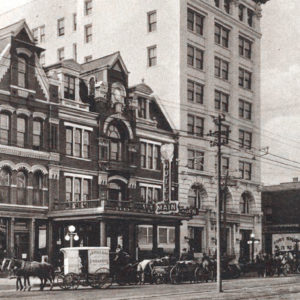 Hotel Main
Hotel Main
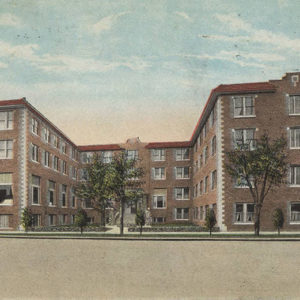 Hotel Noble
Hotel Noble
Hotel Pines
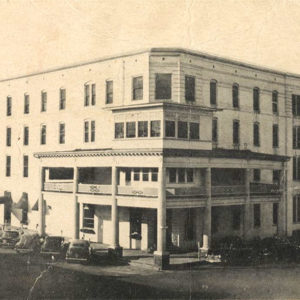 Hotel Savoy
Hotel Savoy
 Hotel Seville
Hotel Seville
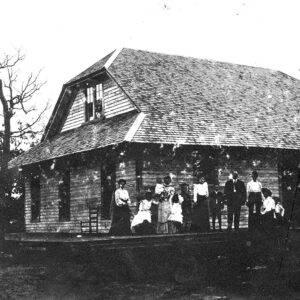 Hotel West End
Hotel West End
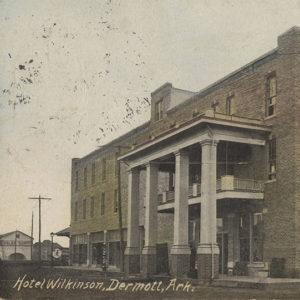 Hotel Wilkinson
Hotel Wilkinson
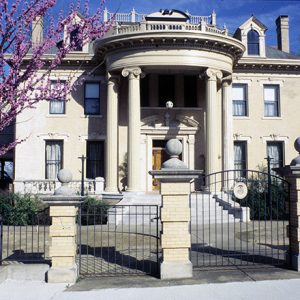 Hotze House
Hotze House
Hotze House
 First Hotze House
First Hotze House
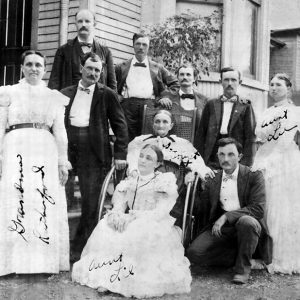 Houpt Family
Houpt Family
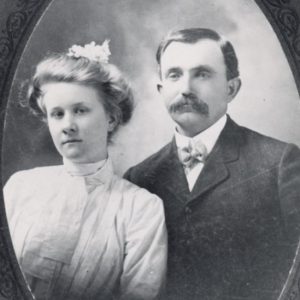 Mr. and Mrs. Houpt
Mr. and Mrs. Houpt
 Houpts
Houpts
House at 712 North Mill Street
 House Committee on Education
House Committee on Education
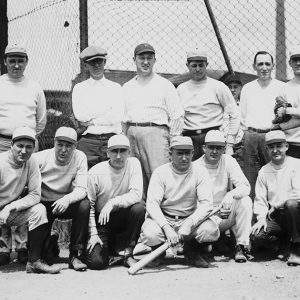 House of Representatives Baseball Team
House of Representatives Baseball Team
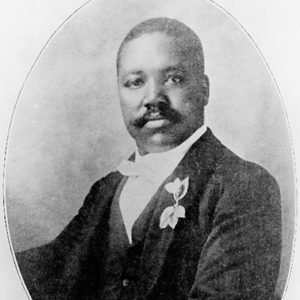 N. B. Houser
N. B. Houser




